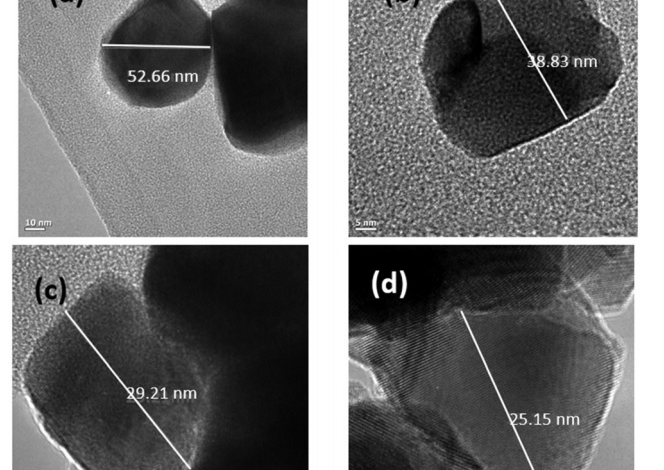Hafnium Oxide Breakthrough: Paving the Way for More Efficient Memory Devices

In a groundbreaking development, the inorganic material known as Hafnium oxide (HfO2), traditionally used in optical coatings, may soon revolutionize the world of memory devices. This innovation has the potential to replace silicon dioxide (SiO2) and become a game-changer in computers, sensors, and sonars.
Thin films of Hafnium oxide (HfO2), a well-known and chemically stable compound of the rare metal Hafnium, have exhibited spontaneous electric polarization without the need for an external electric field or a ferroelectric material. This remarkable property allows the polarization to be reversed by applying an electric field in the opposite direction, opening new avenues for HfO2 as memory devices. These could serve as alternatives to conventional ferromagnetic materials in RAMs for computers and other devices, offering lower power consumption and faster switching speeds.
However, before ferroelectric HfO2 thin films can be widely adopted, challenges related to scalability and memory retention must be addressed.
To harness the potential of ferroelectric (FE) HfO2, it was essential to stabilize the polar orthorhombic phases of the oxide, as other phases were not expected to exhibit ferroelectric properties. Researchers at the Bhabha Atomic Research Centre (BARC), in collaboration with the S N Bose National Centre for Basic Science (SNBNCBS), an autonomous institute of the Department of Science and Technology, explored various dopants for this purpose. Among these, Gadolinium (Gd) emerged as a promising candidate.
It was proposed that a doped and confined HfO2 thin film could undergo a phase transition to a non-centrosymmetric orthorhombic structure, which is responsible for the ferroelectric behavior. This discovery expanded the potential applications of HfO2 with ferroelectric properties, even in thicker films. Experimental evidence supporting the presence of the polar orthorhombic phase in doped HfO2 thin films was also reported.

A study published in Physical Chemistry Chemical Physics elucidated the role of Gd-dopant in stabilizing the O-phase in bulk HfO2.
Using Density Fluctuation Theory (DFT) calculations, scientists demonstrated that the segregation of Gd-dopant in the grain boundary is a thermodynamically favorable process. Additionally, the solute drag effect, which inhibits the crystal growth process at the atomic scale, played a crucial role in nucleating the O-phase in bulk HfO2. Doping with Gd was found to be highly thermodynamically favorable under an oxygen-rich environment, with negative defect formation energies revealed by calculations.
This theoretical understanding was corroborated by experimental results, confirming the crucial role of Gd-dopants in stabilizing the O-phase in bulk HfO2. Researchers suggested that O-nucleation occurs in the grain boundary region, and there exists a critical crystallite size to trigger this process. The relative population of the O-phase can be finely tuned by adjusting the Gd-dopant concentration, offering the potential for tailored device properties.
This study not only opens doors for expanding the use of ferroelectric devices in thin films but also in bulk dimensions, promising a brighter future for memory devices and beyond.




